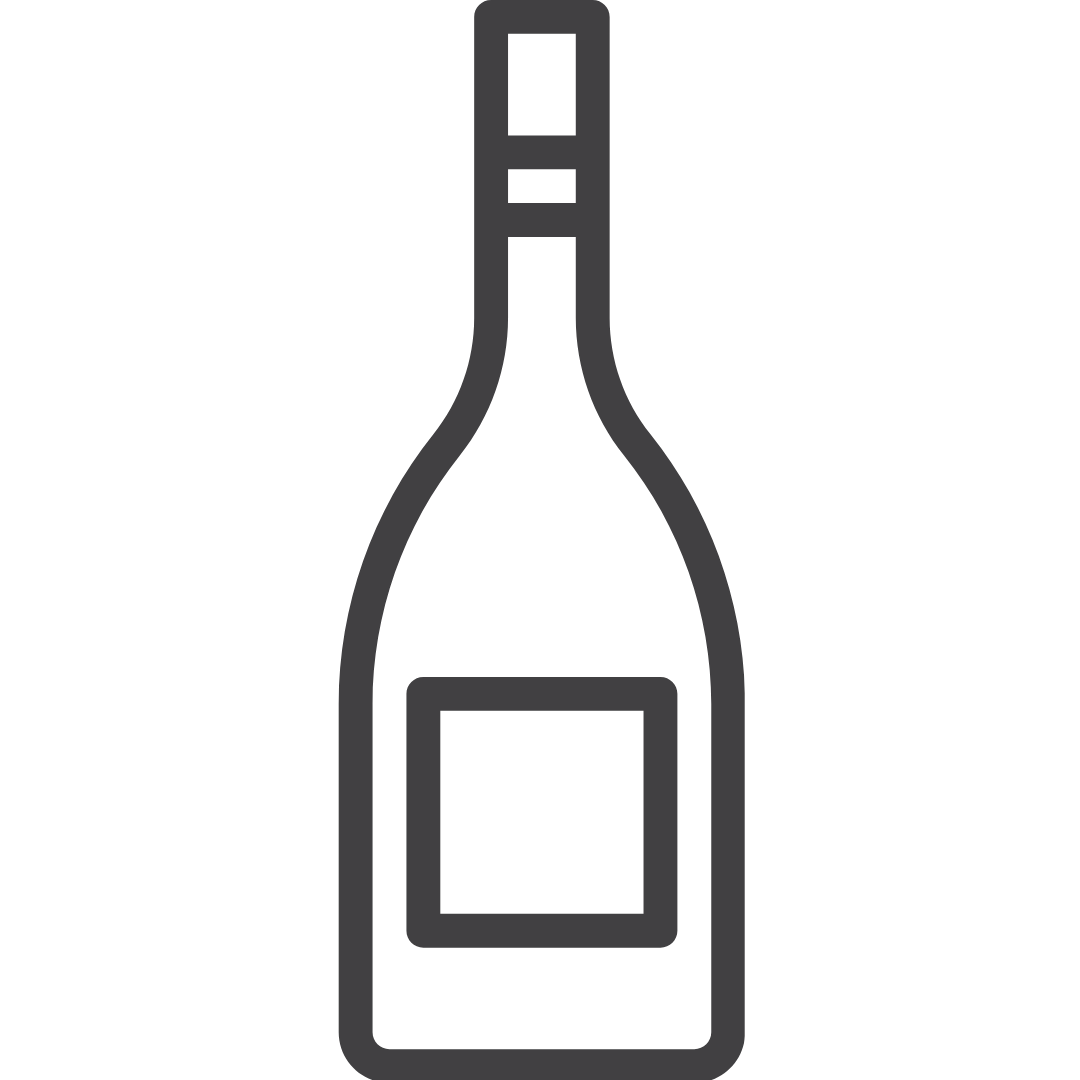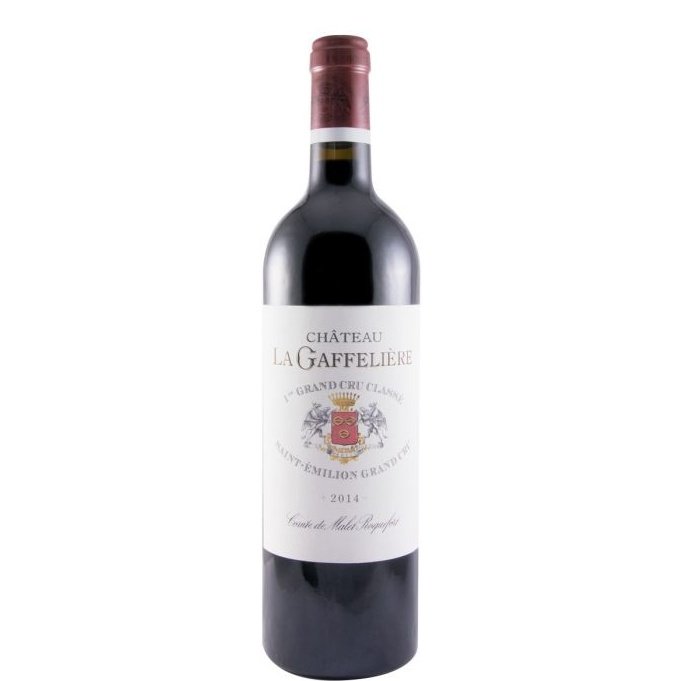Château La Gaffelière Saint-Émilion Red 2014
Château La Gaffelière Saint-Émilion Red 2014
Couldn't load pickup availability
"Refusing to bend to fashion trends, our family claims a vintners’ signature, typically French, inscribed between tradition and modernity. This respect of the terroir is linked to our origins. We are born here in this vineyard with its unique location backing onto the southern hillside of St Emilion.
The blend of wines from the slope and the foot of the hillside produces a nectar, which is powerful, racy and silky. This harmony is found in each vintage of our estate.
We like to share our wine, to show its finesse and elegance, the result of a know-how passed down through generations."
Comte de Malet-Roquefort & Alexandre de Malet-Roquefort
 Château La Gaffelière
Château La Gaffelière
 France
France
 Bordeaux
Bordeaux
 2014
2014
 Merlot and Cabernet Franc
Merlot and Cabernet Franc
 Soil: limestone plateau, clay-limestone hillsides, more siliceous at the foot of the slopes.
Soil: limestone plateau, clay-limestone hillsides, more siliceous at the foot of the slopes.
 75cl
75cl
 14,50%
14,50%
 16ºC - 18ºC
16ºC - 18ºC
Share

The story
The Estate
Situated south of Saint-Emilion with its unique silhouette, Château La Gaffelière welcomes thousands of visitors on the road D122. Formerly part of the estate, this path was offered to the community back when its people still traveled on horseback.
Chateau la Gaffeliere evokes a great wine, a 1st Great Growth since the beginning of St Emilion’s classification in 1959. The vine has been present on the lands of Château La Gaffelière since Gallo-Roman times, as demonstrated by the numerous mosaics discovered by Comte Léo de Malet Roquefort in 1969
Their wine comes from an exceptional terroir, a “golden triangle” nested between the hills of Pavie and Ausone.
But a great terroir is nothing without the willingness of men. The family de Malet Roquefort has run the estate with passion for more than 3 centuries, with a single purpose: upgrading the vineyards whilst producing an amazing ageing wine.
The terroir
Currently, the estate extends to over 32 ha including 22 ha in 1st Grand Cru Classé. Their plots are located on 3 different areas:
The asteriated limestone plateau: clay layers and green marls 3 to 5 meters thick jammed between two limestone bedrocks. The plateau rises 90 meters above sea level. From the 16th century, limestone was extracted on a large scale; the stones were used to build the Bordeaux monuments and mansions.
The hill side, south and south-west facing: it is a favourable position for vine growing because it combines a nice exposure for ripeness and a slope for a natural water drainage. Furthermore, the Fronsac molasse (clay subsoil) helps to regulate the water input and the mineral feeding of the plant.
The foot of the hillside: made of deep carbonates sands. This soil is fragile but healthy. It requires special care and a precise work to bring out the finesse of the grape.
The vineyard
Since 2000, they started an important replanting program. Now their vines are able to age peacefully to a median of 35 years. Their work methods have evolved to offer an environment-friendly viticulture.
Vinification
The grapes are carried into small crates and put straight into a cold storage (8°C) for one night.
The next morning, bunches are mechanically de-stemmed and berries are sent to the optical sorting machine by a conveyor belt. The sorted berries fill the vats by natural gravity.
Entirely renovated in 2013, the vat room is composed of 20 temperature controlled tanks, made of purple stainless steel and shaped like an upside down truncated cone.
Each plot is worked individually, in order to extract the best expression of its terroir. Gentle pumping over and punching down pace the alcoholic fermentation. Then some lots are barreled for the malolactic fermentation, while the others remain in tanks for this process.
Ageing
Ageing process follows as well the plot by plot management. As the underground cellar is below the vat room, natural gravity is also used to barrel the wine. 50% new French oak barrel are purchased every year.
Under a dome of concrete, with control of temperature and humidity, the wine will age quietly during 14 to 16 months.










